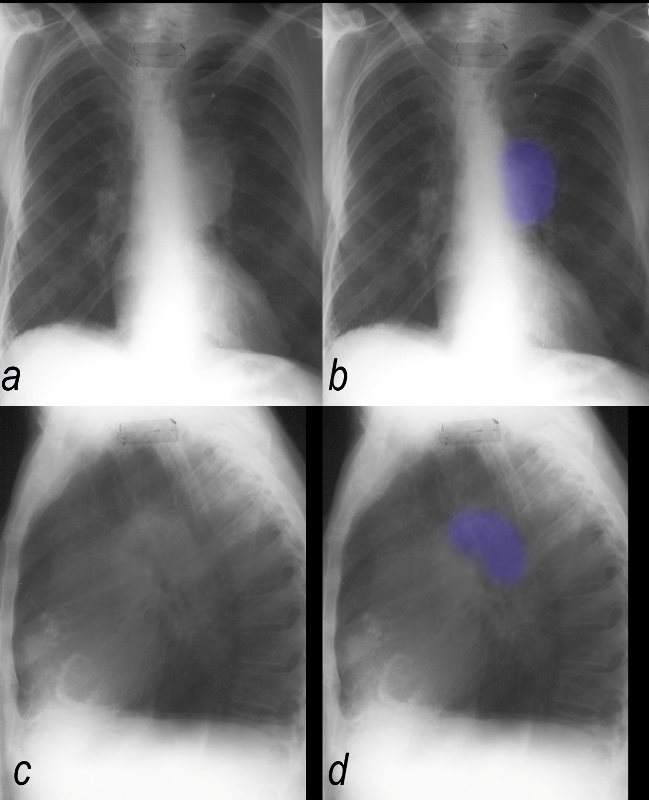

Millimeter Of Mercury -> meganewton per square inch.Millimeter Of Mercury -> kilonewton per square yard.Millimeter Of Mercury to random (pressure units) Random PRESSURE units pound force per square centimeter inch of mercury 0☌ or 32☏ foot of water 4☌ or 39.2☏ dyne per square millimeter kilogram force per square foot poundal per square yard exapascals barye barad meter of air 0☌ (Millimeter Of Mercury) to (Dyne Per Square Centimeter) conversions To Dyne Per Square Centimeter (table conversion) In relation to the base unit of => (pascals), 1 Millimeter Of Mercury (mmHg) is equal to 133.322 pascals, while 1 Dyne Per Square Centimeter (dyn/cm2) = 0.1 pascals.
120 mmhg to atm how to#
How to convert Millimeter Of Mercury to Dyne Per Square Centimeter (mmHg to dyn/cm2)?ġ x 1333.22 dyn/cm2 = 1333.22 Dyne Per Square Centimeter.Īlways check the results rounding errors may occur. The base unit for pressure is pascals (Non-SI Unit) Given all the relationships between these pressure units, the ability to convert from one pressure unit to another is a useful skill.Conversion: Millimeter Of Mercury to Dyne Per Square Centimeter A more precise definition of atmosphere, in terms of torr, is that there are exactly 760 torr in 1 atm. The unit millimeters of mercury is also called a torr Another name for millimeters of mercury., named after the Italian scientist Evangelista Torricelli, who invented the barometer in the mid-1600s. (atm), which was originally defined as the average pressure of Earth’s atmosphere at sea level and mmHg (millimeters of mercury) A unit of pressure equal to the pressure generated by a column of mercury 1 mm high., which is the pressure generated by a column of mercury 1 mm high. Other common units of pressure are the atmosphere A unit of pressure equal to the average atmospheric pressure at sea level. A more useful unit of pressure is the bar A unit of pressure equal to 100,000 Pa., which is 100,000 Pa (1 bar = 100,000 Pa). One pascal is not a very large amount of pressure.

This combined unit is redefined as a pascal A unit of pressure equal to 1 newton of force per square meter of area. The basic unit of pressure is the newton per square meter (N/m 2). Pressure is what results when gas particles rebound off the walls of their container. Pressure is a property we can measure for a gas, but we typically do not consider pressure for solids or liquids. The force generated by gas particles divided by the area of the container walls yields pressure Force divided by area. There are forces involved as gas particles bounce off the container walls ( Figure 8.9 "Gas Pressure"). As gas particles are constantly moving, they are also constantly colliding with each other and with the walls of their container. One of the statements of the kinetic theory mentions collisions. However, the existence of real gases does not diminish the importance of the kinetic theory of gases. Most gases show slight deviations from these statements and are called real gases. A gas that follows these statements perfectly is called an ideal gas.

How is it that we can model all gases independent of their chemical identity? The answer is in a group of statements called the kinetic theory of gases The fundamental theory of the behavior of gases.: Initial advances in the understanding of gas behavior were made in the mid 1600s by Robert Boyle, an English scientist who founded the Royal Society (one of the world’s oldest scientific organizations). In fact, the development of this understanding of the behavior of gases represents the historical dividing point between alchemy and modern chemistry. We cannot do this for the solid and liquid states. The gas phase is unique among the three states of matter in that there are some simple models we can use to predict the physical behavior of all gases-independent of their identities.


 0 kommentar(er)
0 kommentar(er)
